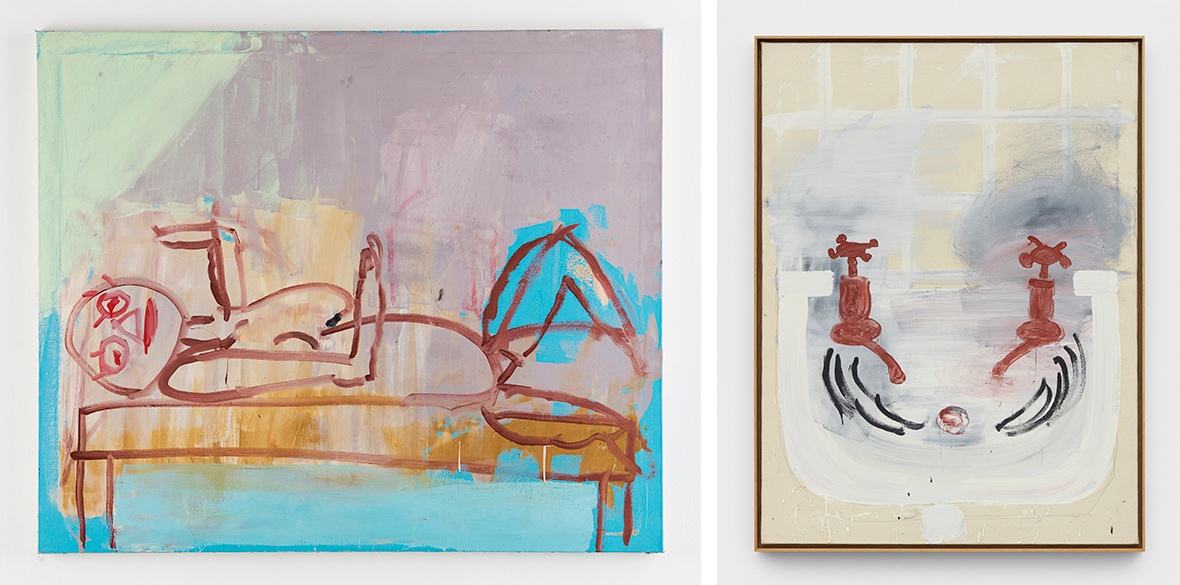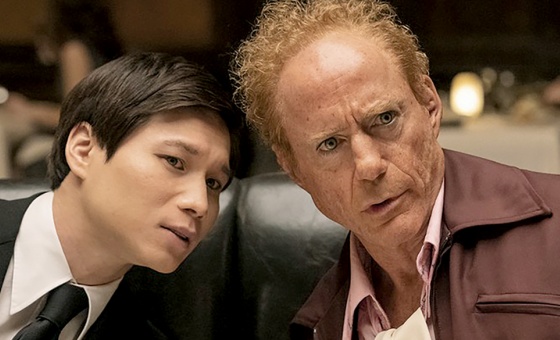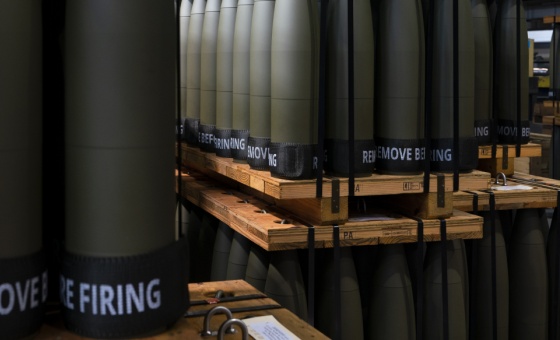This is the last article you can read this month
You can read more article this month
You can read more articles this month
Sorry your limit is up for this month
Reset on:
Please help support the Morning Star by subscribing here
ROY OXLADE, who died in 2014 at the age of 85, was many things — all of them inextricably interlinked and interdependent.
A celebrated teacher, a radical and compelling philosopher in the field of art and a painter with a captivating and intriguing vision, he was also a lifelong Labour voter with a disdain for the Establishment and the monarchy, in particular the latter’s dispensation of “honours” to those in the arts.
As a new online exhibition of his work Art & Instinct at London's Alison Jacques Gallery demonstrates, he was an enfant terrible by nature and a true renaissance man by choice, with both complementing each other to perfection.
Oxlade intended his paintings to be liberating — their child-like exuberance takes us back to the sense of wonder embedded in the very origins of painting, a time when art was in symbiosis with daily human experience.
His paintings are transformative, akin to those made by the first person to smear ochre dye around the contour of a hand pressed against a cave wall.
Sinks, tables, lemon squeezers, pots, pans and coffee pots populate his canvases with the sole purpose of conveying aesthetic normality — a kind of “what you see is what you get” that doesn’t require pretentious mediation or a recourse to metaphor.
Everyday life is reaffirmed with a loving care and a contagious joie de vivre.
The pleasure they offer is refreshing yet deceptively simple. Adventurous yet precise, they explicate themselves with eloquent brush strokes of seeming abandon or quivering charcoal lines that search for the ultimate outline of things.
And then there’s a benign and often abstract wit, from the familiar contortions of the lovable rogue in Green John McEnroe to the absurdly grinning Woman on the Table.
Oxlade abhorred “the artiness of art” and urged those he taught to purge themselves of refinement and sophistication, which he perceived as impediments in the creation of art relevant to modern times.
“Painting is a funny business,” he once said. “It falls between the extremes of music and literature — both of which can be done seriously in the head in the way painting cannot.”
“I do listen to music while painting,” he elaborated, adding that “Bach and Mozart, especially, offer a subliminal connection to sheer positiveness to an impossible standard of excellence.” There was no point in getting out of bed if you didn’t set the bar at its highest for himself and everybody else in a pursuit of such virtuosity.
In 2009, in There’s an Iceberg Up Ahead, an essay of compelling prescience, Oxlade asked: “What is the role of art at a time of global emergency?
“Art’s first response must be to release itself from its old myths.
“For centuries art has been so closely tied to the prevailing ideology that any need to adjust our way of life in a way that will make a difference to the planet’s current problems will mean that art too must rethink its position fundamentally.”
It remains to be seen if his wise counsel will be heeded. For now, the abiding image resembles that of Pieter Bruegel the Elder’s The Blind Leading the Blind.
Online until August 31 at Alison Jacques Gallery, alisonjacques.viewingrooms.com.











